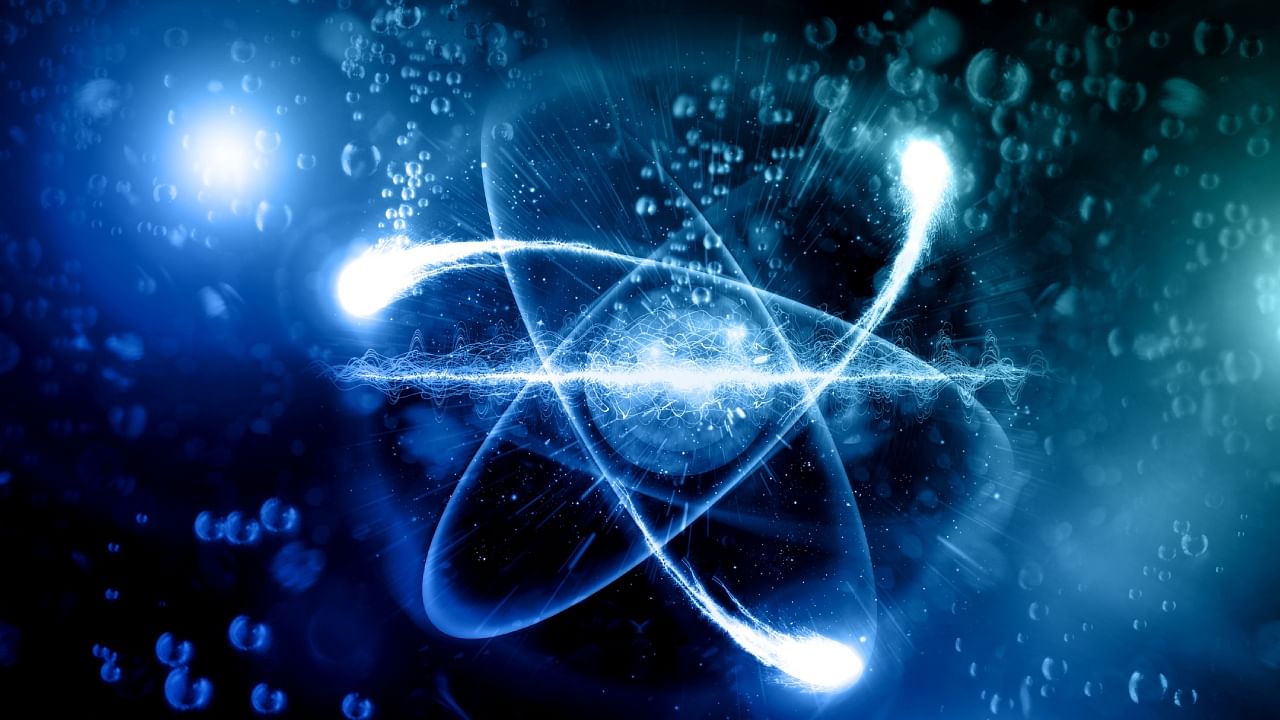
The announcement that the National Ignition Facility (NIF) of the Lawrence Livermore National Laboratory in California has made a breakthrough in the development of nuclear fusion technology has raised hopes about finding a new source of clean energy. US government officials announced that in a recent experiment, there was success in generating more energy from a fusion reaction than what was put into it. There have been similar encouraging results at the Thermo-Nuclear Experimental Reactor (ITER) in France in which India, among other countries, is a collaborator. Fusion energy has been the Holy Grail for the science and technology of power generation. It has been sought for decades and there have been false starts and doubtful achievements in the past. The latest claim is more reliable than those of the past, but there is a long way to go before the present success can be turned into a viable commercial project.
Fusion technology involves creating conditions of ultrahigh pressure and temperature under which atoms of hydrogen fuse to become helium and release energy in the process. This is the process that takes place in stars and so a nuclear fusion power plant, if and when it becomes a reality, would be like having a tiny captive sun on earth. The NIF experiment involved bombarding a chamber containing fusion material with high-energy lasers. A small pellet of gold that acted as the chamber was heated to a temperature above 3 million degrees Celsius to get the result. No greenhouse gases are produced and there is very little radioactivity. There is scope for plentiful, virtually unlimited, production of energy -- a gram of fusion fuel can generate energy equivalent to that from a ton of coal. The fuel, in the form of isotopes of hydrogen, like deuterium, is available in quantities that will last a very long time.
Technology has to develop a lot to make this possible. Laser efficiency has to increase manifold. Cheaper material has to be found to be used as the pellet. The process has to be made continuous and fine-tuned to a still unknown extent. There are many other issues to be addressed. There is the need for large capital investments. It may take decades to reach the level when fusion energy can be produced commercially. But one step has been taken in that direction. Realising fusion power is especially important because of the threat of climate change that the world is facing now. There are worries, too. They include monopolisation of the technology by the developed world to create a more iniquitous world energy order and the possibility of the spread of super-destructive fusion weapons.